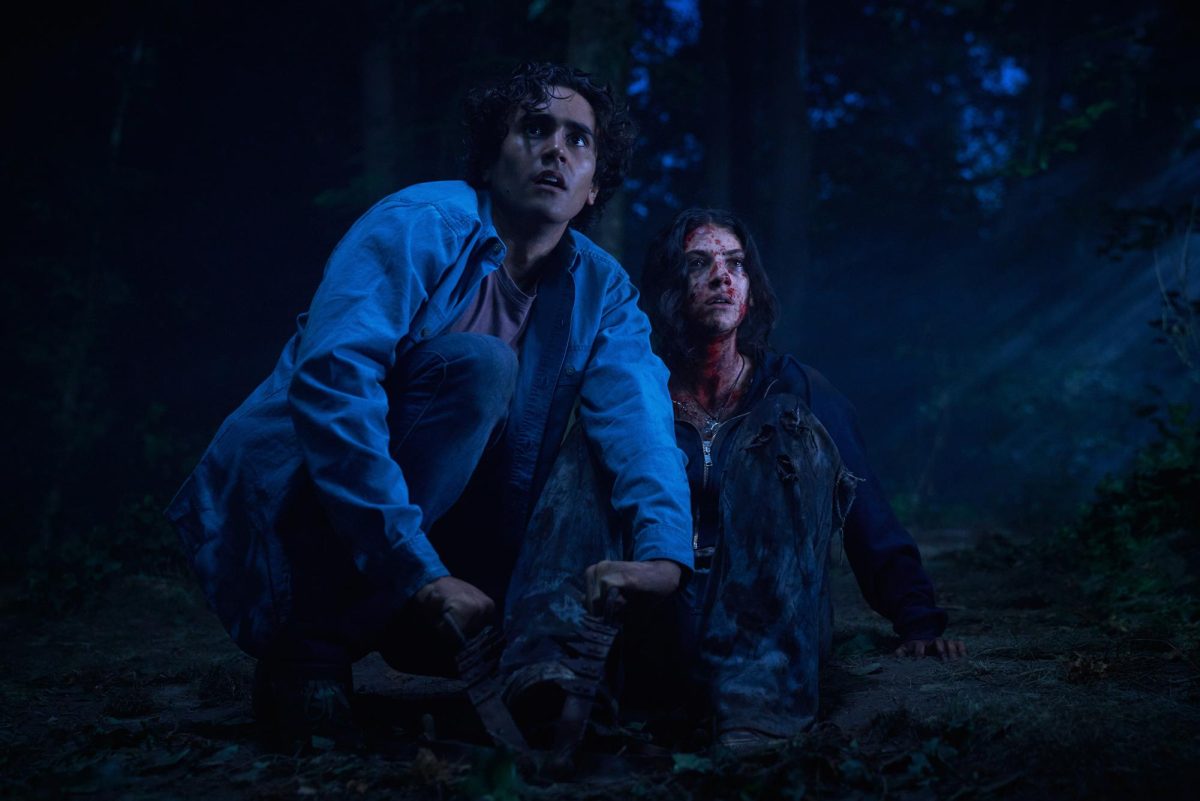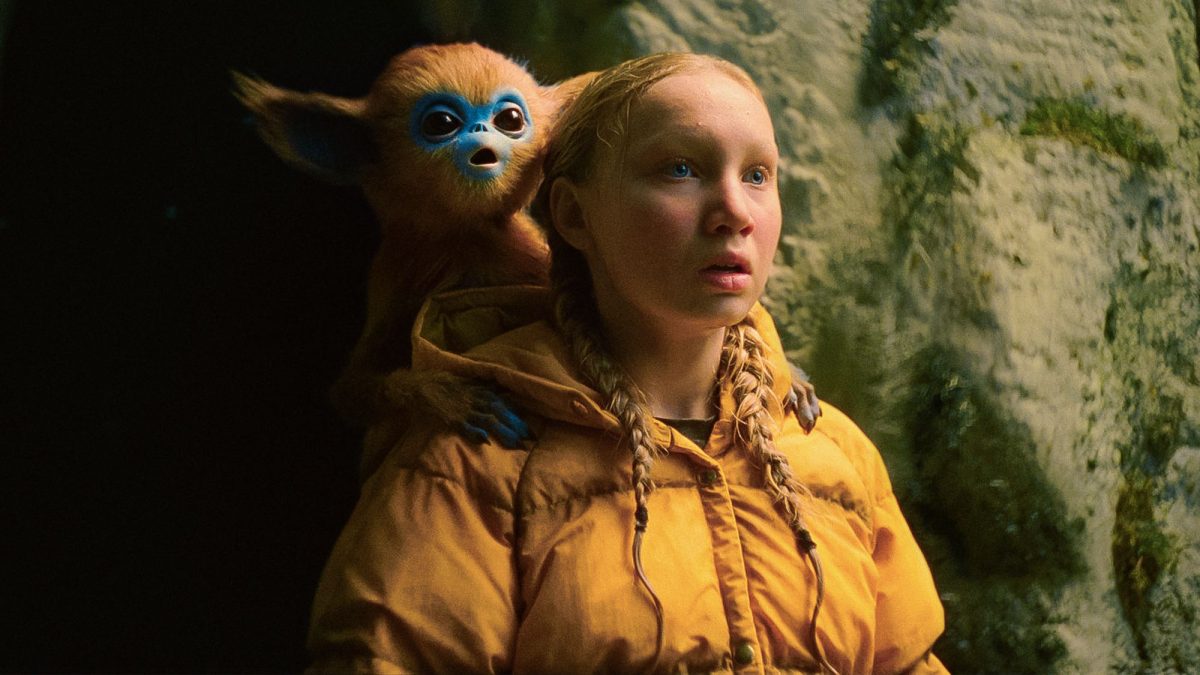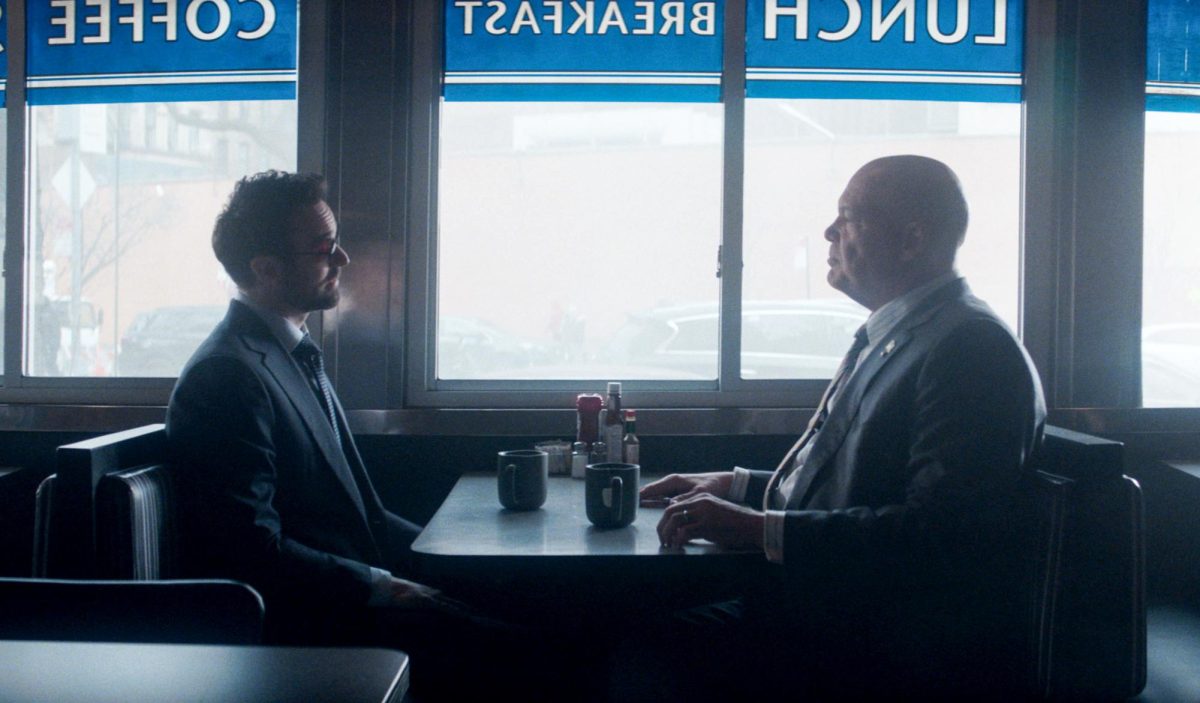It’s Ushio Shinohara’s 80th birthday. His wife Noriko surprises him with a pair of fuzzy duck slippers and a small, store-bought cake. With no money for frivolities, Noriko re-uses a fading wax number three candle. Despite the couple’s demonstrated poverty, Noriko and Ushio’s shared determination toward personal artistic success and unrelinquishing good humour is the driving force in this inspirational story.
Director and cinematographer Zachary Heinzerling’s documentary, “Cutie and the Boxer,” unveils the unglamorous aspects of an artist’s lifestyle. Ushio is a once-premier revolutionary artist famous for his “boxing paintings,” created by striking the canvas with paint-covered gloves. Noriko acts as his assistant. The couple is seemingly bound together by necessity: Ushio’s ability to work on his art and manage his affairs is largely dependent on Noriko’s support, while she remains reliant on the profit of Ushio’s artwork. However, a truer explanation lies in the couple’s unswaying priority for the creation of art and, as this film reveals, their resilient love for each other.
Noriko finds solace in her own work, crafting a series of watercolor illustrations of self-referential characters, Cutie and Bully. They are exaggerated cartoon versions of Noriko and Ushio, depicted in the nude because, as Cutie explains, they are poor. Cutie is distinguishable by her signature side braids and expressive features. Bully, Ushio’s counterpart, is animalistic and boorish. In the film, these paintings are animated to tell an evocative backstory, recounting the events from the unlikely beginning of Noriko and Ushio’s tumultuous relationship. This further brings the documentary past a normal, journalistic narrative and into a more artistic, fantasy-like realm.
The unfettered narrative of their marriage confesses the naivete of 19-year-old Noriko’s romance with then-40-something Ushio and sheds light on Ushio’s alcoholism. In conjunction with this, family footage serves to fill in the gaps in the couple’s history. Through these reels, the audience gains a sense of Ushio’s messy, rambunctious lifestyle imposed on his family and its silent, somewhat starstruck compliance to his chaotic attitudes. This honesty gives an intensely personal look at the human subjects, rarely seen in other documentaries.
Through Heinzerling’s lens, the audience gleans often uncomfortably intimate and humorously candid moments from the couple’s lives, especially demonstrated in their regular banter. Uncensored in their opinions of each other, Ushio claims that Noriko, who he calls “the ordinary one,” has no choice but to assist him, “the genius,” in his every endeavor. Noriko, no longer sharing the passivity of her illustrated counterpart, constantly disagrees. Despite their marital and financial tensions, the clashing couple is unforgettable for their endearing, often humorous attitudes toward life and each other. Such unabashed and entertaining personalities are central to the film’s potency and memorability.
Heinzerling gets close to his subjects, winning the Directing Award at the 2013 Sundance Film Festival for the powerful storytelling in this debut film. Heinzerling pulls the characters into focus slowly and spontaneously, lending to an almost voyeuristic quality. These gradual, blurry-to-in-focus transitions reinforce a conscious viewing experience and create a soft, nostalgic visual aesthetic that emphasizes artistic qualities, even within a documentary.
Composer Yasuaki Shimizu’s score adds further dimensionality to this feature length. His compositions explore the intersection between sentimentality and monotonous persistence, combining electronic tones with more classical forms to create a soundtrack that effectively complements the often tense, reflective quietness of the rest of the film.
While the initial focus of “Cutie and the Boxer” remains on Ushio Shinohara and his artistic comeback, in many ways this film is a feminist triumph for Noriko. No longer is she the bullied “Cutie,” but instead a re-invented Noriko; she earns the title of artist in her own right. While the pace of the narrative demands patience from the audience at times, Heinzerling’s documentary manages to effectually capture both the sorrow and celebration of Ushio and Noriko’s unusual story. For its visual and emotional resonance, “Cutie and the Boxer” shall endure alongside the time-tested love between its characters.
















